Warning Signs of Tsunamis
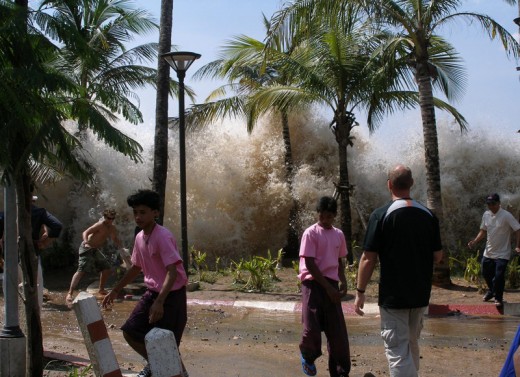
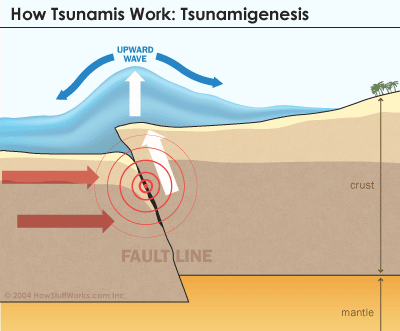
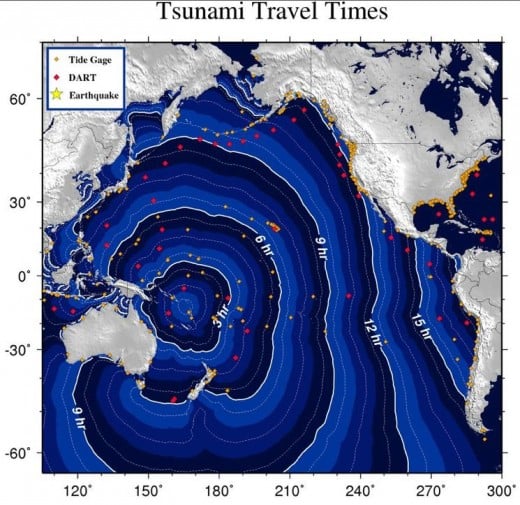
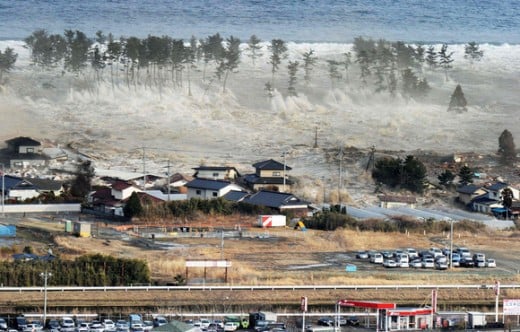
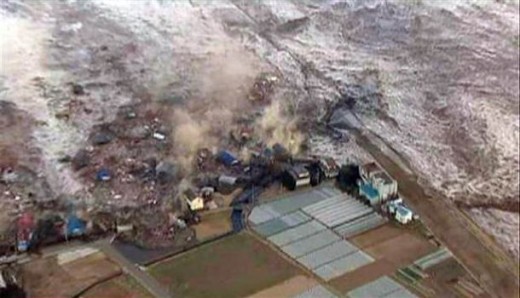
Those who live on the coast need to be aware of warning signs for tsunamis
If you ever get caught on the coast and you have just survived a strong earthquake measuring at least 8.7 on the Richter scale, you need to be aware of the possibility of a tsunami. You may not have been at the center of the earthquake and it may have been centered in the ocean off the coast. You can’t be certain by guessing, but there are warning signs of an impending tsunami. Sometimes these signs will occur up to two weeks in advance. If you are not aware of the long range signs, then you will have only a few moments to react after noticing signs that occur just before it strikes.
Prior to the 2004 Malaysia sub oceanic earthquake that triggered one of the worst tsunamis ever recorded, signs were noticed up to two weeks in advance by seafaring people of the region called sea gypsies. They spend up to 80 percent of their time on the open waters of the ocean. They live by diving and fishing. Two weeks prior to the disastrous tsunami, these people noticed changes in the types of fish for various locations. Fish were migrating into regions that they did not inhabit earlier. They knew something was wrong and attempted to warn others, but due to contempt others had for sea gypsies, they were ignored. Days before the disaster, birds got restless. So did cats, dogs and elephants. Some of these disappeared and elephants in particular were seen running to the hills. People though, went about their business as normal. On the morning of the disaster, there was a strong earthquake and this created fear and havoc in itself.
Several minutes to hours later, depending on the distance from the source, people noticed sudden changes just before the killer wave rolled in. There was a sudden rush of the waters from the shoreline out into the ocean which left fish and crabs stranded. Sea birds took to the air and would not land. A building roar could be heard seaward. After a few minutes, people witnessed a growing wave approaching from the distance. Some stood and stared, transfixed by the approaching spectacle. Others turned and ran. For most it was already too late. The huge surge crashed inland at high speed and swept everything away in its path trapping tens of thousands in the debris created by the rushing waters. What does this tell us?
The 2004 Maylasian tsunami
If there is a strong earthquake that knocks down buildings and does heavy damage on its own and open ocean is nearby, there is danger of a tsunami. But we need not wait for the earthquake. In the weeks leading up to the earthquake, there will be signs. These will be in the form of local sea life changing it habits. If you listen to fishermen, they will usually volunteer information on these changes as part of their daily chatter. You will also notice that other animals and birds will get jittery and agitated. The day that the quake strikes may seem insignificant, especially if you are some distance from the epicenter. It may seem like only a moderate quake, but quite severe elsewhere. The sudden migration of sea birds away from the ocean and land animals moving inland is a sign that something is amiss. It is advisable if you follow their lead. It would be good if you have a survival kit already prepared for such an event, especially if the region has a reputation for earthquakes.
Be aware of your surroundings. Do you live on an active fault zone, or is there one near the coast under the ocean? Are there any potentially explosive volcanoes, especially island ones such as Santorini or Krakatau? When these explode, one of the side effects are devastating tsunamis. You must be aware of the volcanoes condition and the signs of imminent explosion that could cause a volcanic created tsunami. If the island volcano is showing signs of an explosion, it is probably wise to go inland from the coast and up into the mountains. If in a boat, head immediately to deep water as the tsunami's profile is much shallower in deep water than in the shallows.
Tsunamis can also arise from under ocean landslides that are not earthquake created. These have happened in geologic history with devastating consequences. Some occurred from the main islands of Hawaii and others on islands in the Atlantic Ocean. Landslide that results from crumbling masses of land can trigger a tsunami that approaches a kilometer in height. Fortunately, these are rare, but there are a few locations of current concern where a collapse of a landslide could bring coastal civilization to its knees. Too little is known about these types of occurrences as nothing like this has occurred in recent history. We are more familiar with earthquake and volcanic created tsunamis.
March 11th, 2011 Earthquake and Tsunami in Japan
Innundations from the 2011 Japan tsunami
Here are some resources on tsunamis









